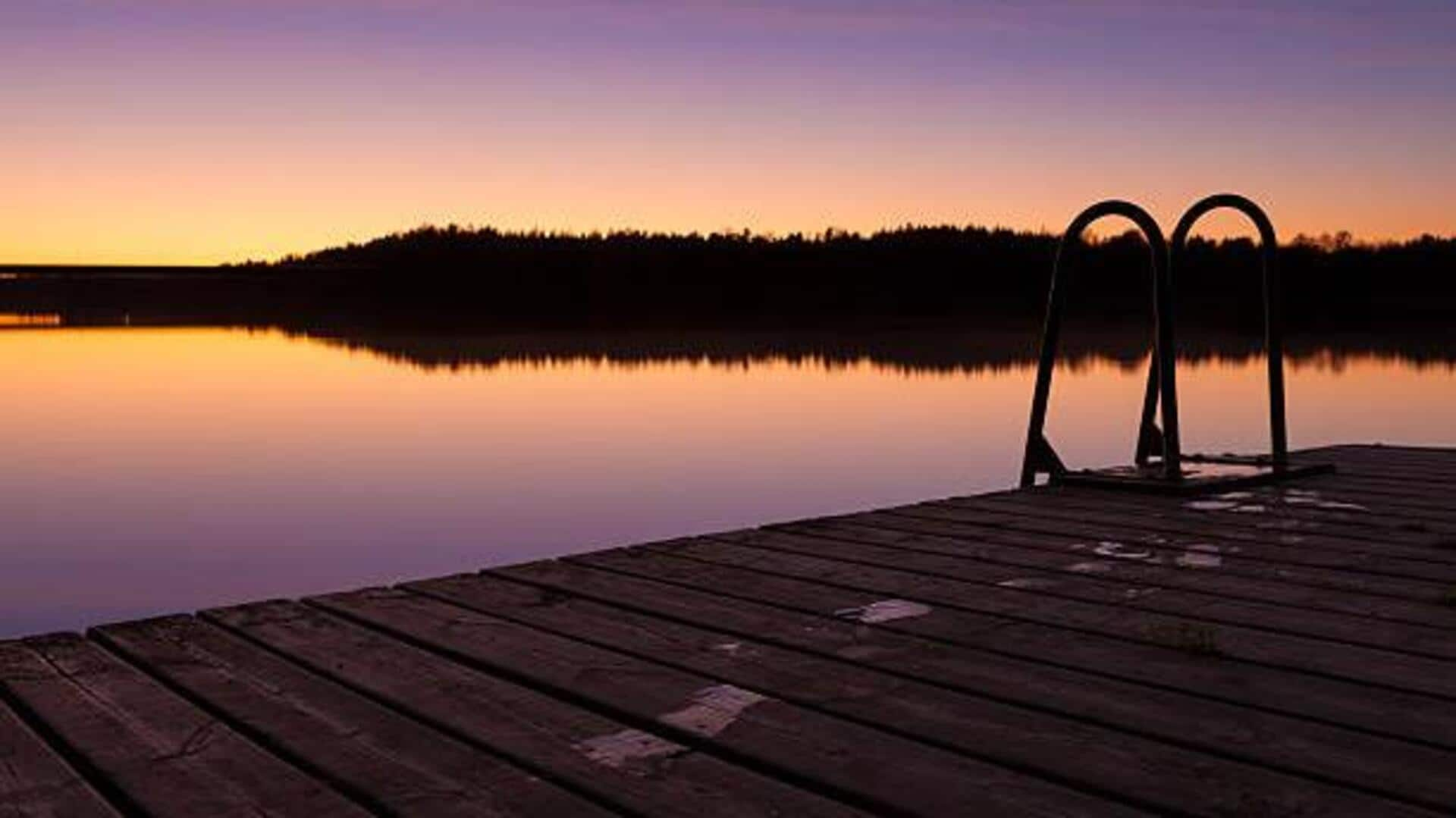
Planning your next adventure? We've got you covered
What's the story
Night swimming in glowing alpine lakes is an adventure of a lifetime. It's like diving into a pool of stars. These magical experiences, offered in a few places worldwide, allow swimmers to plunge into waters illuminated by natural light phenomena. It's an ethereal experience. This article shares tips and recommendations for those who are interested in diving into these shimmering waters.
Destination choice
Selecting the right destination
Picking the perfect spot is key to a memorable bioluminescent dive experience. While some alpine lakes are known for their intense bioluminescence (thanks to special light-emitting microorganisms that glow when disturbed), not all locations are created equal. Look for places with clear skies and minimal light pollution to maximize your glow-in-the-dark adventure. Destinations like New Zealand's South Island or more secluded areas in the Rocky Mountains are great choices.
Timing matters
Planning your dive timing
The strength of bioluminescence can change seasonally, with warmer months often bringing peak activity due to increased microbial activity. Scheduling your visit during these periods can greatly increase the likelihood of experiencing this natural phenomenon at its most brilliant. Also, opt for nights with new moons; the reduced ambient light will make the bioluminescence appear even more dramatic against the darkness.
Safety first
Safety precautions and gear
Night swimming, particularly in chilly alpine lakes, necessitates proper planning and suitable equipment. Donning a wetsuit not only insulates against frigid water but also shields against potential dangers like sharp rocks or submerged debris. Equally crucial is the use of waterproof headlamps (ideally with red lights to maintain night vision) and swimming with a partner or under the watchful eyes of guides who know the local conditions.
Eco-conscious approach
Respecting natural habitats
Swimming in a sea of stars is a magical experience, but it's important to remember to protect the environment and local ecosystems. Don't wear lotions or anything that can harm aquatic life before you jump in. Always stay within designated swimming areas and follow rules set by conservation authorities or tour operators. These guidelines are there to protect these fragile environments.
Final checklist
Essential tips before you go
Before heading out for your bioluminescent adventure, make sure to obtain any required permits. Check weather conditions before you go. Mountain weather can change rapidly, and conditions will affect both your safety and the visibility of the bioluminescence. If you want to try and capture the experience, low-light underwater cameras are your best bet. But remember, no photo will truly do it justice!